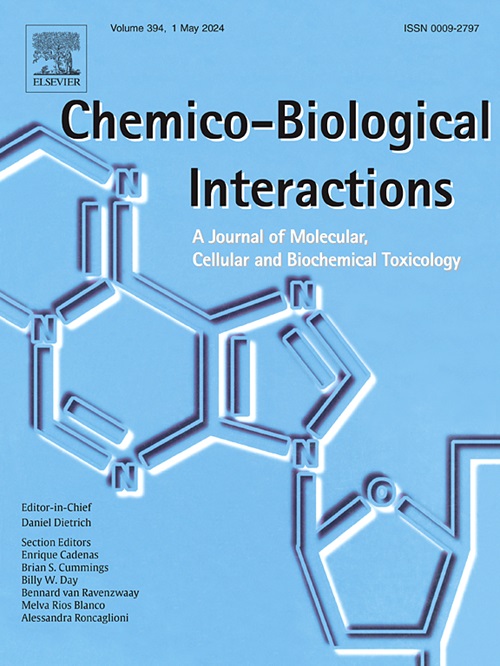Some new aspects of erastin-induced ferroptosis in cancer cells
IF 5.4
2区 医学
Q1 BIOCHEMISTRY & MOLECULAR BIOLOGY
引用次数: 0
Abstract
Ferroptosis, a form of regulated cell death (RCD) with unique morphological and biochemical features, has potential in cancer treatment. In this study, erastin (ER)-induced ferroptosis was investigated in cancer cell lines A549, Calu1, and K562. A detailed analysis of the Xc–/GSH/GPX4 axis showed that glutathione (GSH) production, unlike GPX4 expression, is an important factor in influencing the sensitivity of tumor cells to ER despite oncogenic KRAS expression. Here we show for the first time that ferroptosis is associated with marked condensation of cell nuclei, a morphological change that was previously associated exclusively with apoptosis. Importantly, this phenomenon was observed in all three cell lines. Further, thiourea (TU), a known scavenger of reactive oxygen species (ROS) had a complex effect on ER induced ferroptosis. While TU significantly potentiated ER cytotoxicity and changed the mode of cell death from ferroptotic to apoptotic in A549 and K562 cells, it had a mild protective effect in Calu1 cells without changing the mode of cell death. In conclusion, the results show that Xc–-dependent GHS production affects the sensitivity of oncogenic RAS-expressing tumor cells to ER treatment. ER-induced ferroptosis is associated with nuclear condensation. Further, we identified TU as a compound that can change the form of cell death from ferroptotic to apoptotic in some cancer cells. The latter two findings suggest a previously uncovered proximity of the regulatory pathways of ferroptosis and apoptosis.
erastin诱导的癌细胞铁下垂的一些新方面。
铁死亡是一种具有独特形态学和生化特征的细胞死亡,在癌症治疗中具有潜在的应用价值。在这项研究中,研究了erastin (ER)诱导的肿瘤细胞系A549、Calu1和K549的铁下垂。对Xc-/GSH/GPX4轴的详细分析表明,与GPX4表达不同,GSH的产生是影响肿瘤细胞对ER敏感性的重要因素,尽管KRAS表达致癌。在这里,我们首次表明铁下垂与细胞核的明显凝聚有关,这是一种形态变化,以前只与细胞凋亡有关。重要的是,这一现象在所有三种细胞系中都观察到了。此外,已知的活性氧(ROS)清除剂硫脲(TU)对内质网诱导的铁死亡有复杂的作用。在A549和K562细胞中,TU能显著增强内质网的细胞毒性,使细胞死亡模式由嗜铁性转变为凋亡,而对Calu1细胞有轻微的保护作用,但不改变细胞死亡模式。综上所述,结果表明,Xc依赖性GHS的产生影响了表达ras的致癌肿瘤细胞对ER治疗的敏感性。er诱导的铁下垂与核凝聚有关。此外,我们发现TU是一种化合物,可以改变某些癌细胞的细胞死亡形式,从铁致凋亡到凋亡。后两项研究结果表明,先前发现的铁下垂和细胞凋亡的调节途径接近。
本文章由计算机程序翻译,如有差异,请以英文原文为准。
求助全文
约1分钟内获得全文
求助全文
来源期刊
CiteScore
7.70
自引率
3.90%
发文量
410
审稿时长
36 days
期刊介绍:
Chemico-Biological Interactions publishes research reports and review articles that examine the molecular, cellular, and/or biochemical basis of toxicologically relevant outcomes. Special emphasis is placed on toxicological mechanisms associated with interactions between chemicals and biological systems. Outcomes may include all traditional endpoints caused by synthetic or naturally occurring chemicals, both in vivo and in vitro. Endpoints of interest include, but are not limited to carcinogenesis, mutagenesis, respiratory toxicology, neurotoxicology, reproductive and developmental toxicology, and immunotoxicology.

 求助内容:
求助内容: 应助结果提醒方式:
应助结果提醒方式:


